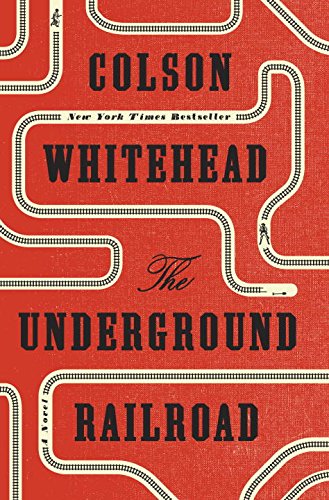The Underground Railroad
In the antebellum era, Cora, a teenager born into slavery on a Georgia plantation, agrees to flee with a literate new arrival, Caesar, and head north with him to freedom. Cora had been a particular target of Terrance Randall and his overseer due to her brave defense of a fellow slave, and because her mother had successfully escaped five years earlier. At every step along her route, a slave tracker hunts her down.
“A plantation was a plantation; one might think one’s misfortunes distinct, but the true horror lay in their universality.” The same holds true of each stop Cora makes along the underground railroad, creatively imagined here as a literal set of subterranean tracks on which trains carry their desperate passengers somewhere else – anywhere else. Cora’s harrowing experiences in different states reflect not only African-Americans’ pre-Civil War lives but also the bigotry and racist violence they faced in later historical periods – today included.
Most works of literary fiction (as this one is) offer deeper characterizations than is shown here, and some readers may be frustrated at the lack of emphasis on Cora’s inner feelings. However, the writing follows in the authentic style of historical slave narratives. Cora’s tale unfolds in direct, unembellished language that reads quickly and allows for no ambiguity.
As a highly anticipated title by a prominent author, and as an Oprah pick, this novel will be widely read and discussed – as it should be. It’s heartbreaking, occasionally brutal, and undeniably relevant. It also deserves more than one reading. Cora is an immensely courageous heroine, and the novel’s underlying sense of hope lies not only in her determined quest for liberty but in the many individuals, both named and unknown, who risk their lives to help her achieve it.










